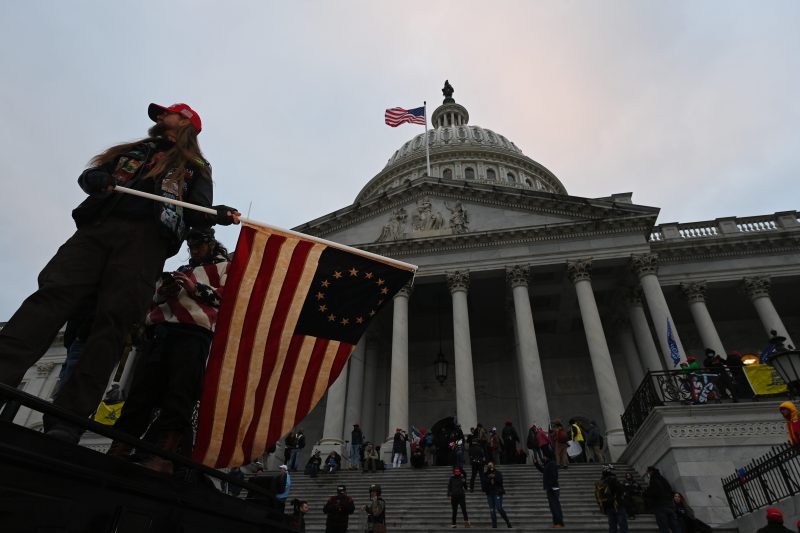The recent move by federal authorities to increase security measures around the Capitol Building in Washington, D.C., ahead of the January 6th anniversary, serves as a stark reminder of the unprecedented events that unfolded on that day in 2021. The incident, which saw a violent mob storm the Capitol and disrupt congressional proceedings, shocked the nation and the world, leading to widespread calls for greater vigilance and preparedness to safeguard against any potential repeat of such an attack.
One of the key lessons learned from the January 6th insurrection was the need for enhanced coordination and intelligence-sharing among law enforcement agencies at all levels of government. In response, federal authorities have taken proactive steps to bolster security measures around the Capitol complex, focusing on improving communication and collaboration among various agencies to ensure a united front against any threats.
The deployment of additional security personnel and resources to the Capitol area is a clear indication of the government’s commitment to preventing a recurrence of the violence witnessed on January 6th. Heightened surveillance measures, including the installation of new fencing and other physical barriers, aim to deter potential attackers and provide an added layer of protection for the Capitol grounds.
Moreover, the decision to extend the timeline for the National Guard’s presence in the region underscores the ongoing concerns about potential security risks surrounding the anniversary of the Capitol attack. By maintaining a visible security presence in the area, authorities hope to send a strong message that any attempts to disrupt the peace and stability of the nation’s capital will not be tolerated.
In addition to these physical security measures, federal agencies are also ramping up their efforts to monitor online chatter and potential threats on social media platforms. The rise of online extremism and disinformation campaigns has added a new dimension to the security landscape, requiring a comprehensive approach that includes both traditional law enforcement tactics and cutting-edge digital intelligence techniques.
As the January 6th anniversary approaches, the eyes of the nation will once again be on Washington, D.C., and the security measures put in place to safeguard the seat of American democracy. While no system is foolproof, the increased preparedness and coordination among federal agencies demonstrate a commitment to learning from past mistakes and taking proactive steps to prevent any future attacks on the Capitol.
In conclusion, the federal government’s decision to boost security around the Capitol ahead of the January 6th anniversary reflects a recognition of the ongoing threats facing the seat of American democracy. By implementing a multi-faceted security strategy that includes physical barriers, increased personnel, and enhanced intelligence-gathering efforts, authorities are working to ensure the safety and security of the Capitol complex and its occupants. The events of January 6th serve as a stark reminder of the fragility of democracy and the importance of remaining vigilant against those who seek to undermine it. As the nation prepares to mark this somber anniversary, the steps taken to fortify the Capitol’s defenses serve as a testament to the resilience and determination of a democracy that will not be intimidated by acts of violence and insurrection.
